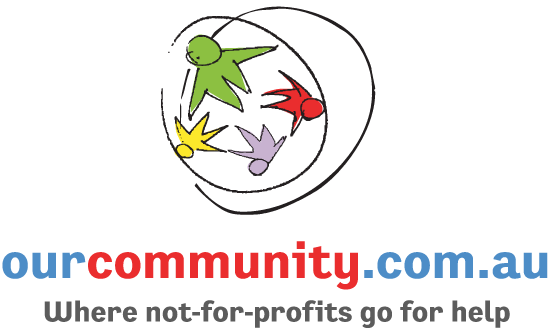Leadership and Human Resources
Managing your Human ResourcesHuman resource (HR) management is, as its name suggests, the management of an organisation's human capital. Where personnel management once looked at the basics - recruitment, salary, and general functional issues - contemporary human resource management is defined by a more holistic approach to employee relations. In more recent times the task of managing staff has included such things as attending to each staff member's motivation, training, and personal and career development.Experience suggests that if you take care of your staff, your staff in turn will take care of the organisation. A committed staff can provide loyalty, long term sustainability and program success - so it is worth investing in HR! It is not just staff. As any leader of a volunteer or community organisation knows, many of the same issues apply with keeping your volunteer force happy and healthy and committed to the cause. While salary is not an issue, personal development, health and safety and issues of fairness, equity and involvement are vitally important in ensuring your group grows stronger. Human resource management encompasses:
Human resource management for community groupsCommunity groups wishing to demonstrate leadership within their community will benefit from a comprehensive approach to managing their personnel, whether they have 10 or 1000 staff or volunteers working for them.Not-for-profit organisations can invest in staff and secure long term stability just as effectively as commercial businesses, and should show leadership in this area. As employers they should look at retirement plans, health insurance, holiday plans, and maternity/paternity leave issues and devise plans to suit staff needs. Employee rights should not only be maintained, but wholly endorsed. Consumers are increasingly more socially aware and are increasingly supporting organisations with a social conscience. This concern for ethics includes workers' rights. Companies endorsing sweatshop labour are fast falling out of favour with a more discerning consumer market, and while these are extreme examples it is true to say that Australian companies that look after their employees well gain the reputation of an employer of choice and have less trouble hiring good staff. You should aim to be a community organisation of choice. Again the same is true in relation to volunteer staff. Volunteers are not slaves and nor should they be exploited or used to replace jobs done by paid employees. Generally the same rules apply in community groups and in business - happy, healthy, enthusiastic volunteers whose work is appreciated and respected tend to be your best marketing tools and have the ability to draw other people into your organisation. Establishing a structurePersonnel principles should be established that are in line with the organisation's mission, and practice guidelines should be drawn up that are consistent with those principles. It is important to note that HR management principles apply equally to volunteer staff as to paid staff.HR practice can be overseen by a committee or an individual. Staff and volunteers should have day-to-day access to the HR person(s). Comprehensive human resource policies and or guidelines may cover a broad range of issues. Below is a basic template outlining various HR responsibilities that you may wish to explore and to incorporate in your HR procedures manual.
HR policies and guidelines on acceptable/unacceptablie behaviour and the rights and responsibilities of staff/volunteers should be made available to everyone and should be given to new employees and new volunteers as part of the induction process. The exact detail of your HR policies and resources will largely be determined by the nature, type, and size of your organisation. However, the basic principle remains that those groups that look after their staff and volunteers, are organisations that flourish. |
